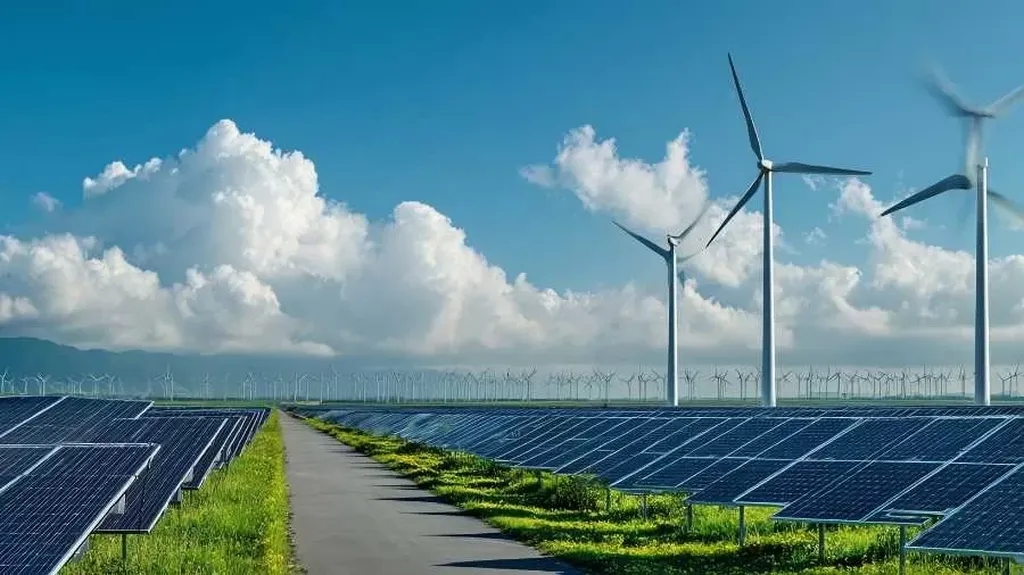For the past year and a half, China’s carbon emissions have remained flat or even declined, a significant shift largely driven by the rapid deployment of clean energy technologies. This trend, highlighted in a recent analysis by Carbon Brief, is particularly noteworthy as it occurs independently of economic downturns, unlike previous instances of emissions reduction during periods such as the coronavirus pandemic.
The analysis reveals that emissions from China’s power sector have remained stable despite growing demand, thanks to the increasing adoption of solar and wind energy. Concurrently, the transportation sector has seen a decline in emissions as electric vehicles (EVs) gain traction, supplanting traditional gas-powered cars. Additionally, a recent slowdown in construction has contributed to reduced emissions from steel and cement production.
The growing share of wind and solar power in China’s energy mix has led to a decrease in the output of the average coal plant. This decline in coal usage could prompt a reevaluation of plans to build new coal power plants, according to the analysis. If current trends continue, China is on track to reach its peak emissions several years ahead of its previously stated target of 2030.
The implications for the agriculture sector are significant. As China’s emissions profile changes, there may be increased pressure on the agricultural sector to adopt more sustainable practices. The sector is a significant source of greenhouse gas emissions, particularly from livestock and rice production. The shift towards clean energy could also lead to increased investment in agricultural technologies that reduce emissions, such as precision agriculture and methane capture technologies.
For investors, the trend towards declining emissions in China presents both opportunities and risks. On the one hand, the growth of the clean energy sector offers significant investment opportunities. China is already the world’s largest exporter of clean technology and a major backer of renewable energy projects abroad. As the U.S. retreats from the fight against climate change, China is poised to take a leading role in climate diplomacy and clean energy investment.
However, investors in traditional energy sectors, such as coal, may face risks as the decline in emissions continues. The analysis suggests that the declining use of coal could prompt a rethink of plans to build new coal power plants, which could impact the profitability of coal-related investments.
Moreover, the shift towards electric vehicles could have implications for the oil and gas sector. As China’s emissions from cars decline, there may be less demand for gasoline and diesel, which could impact the profitability of oil and gas investments.
In conclusion, the trend of declining emissions in China, driven by the deployment of clean energy technologies, has significant implications for the agriculture sector and investors. While it presents opportunities for investment in clean energy and sustainable agriculture, it also poses risks for traditional energy sectors. As China takes a leading role in climate diplomacy, it is likely to influence global trends in clean energy and sustainable practices.

